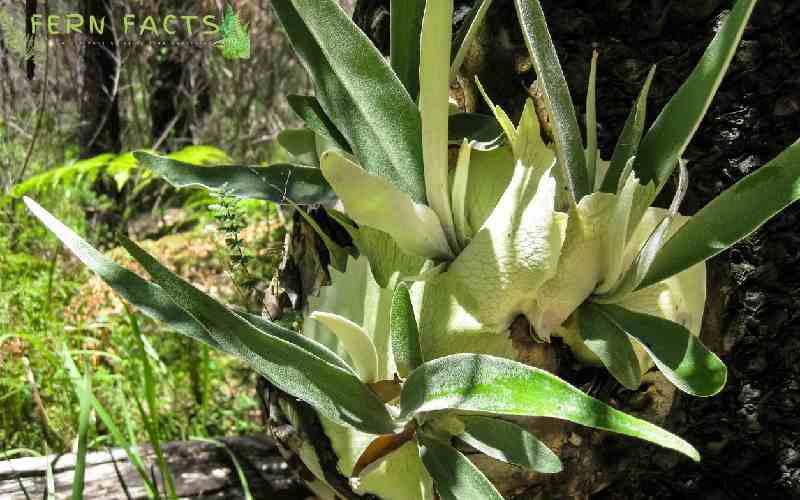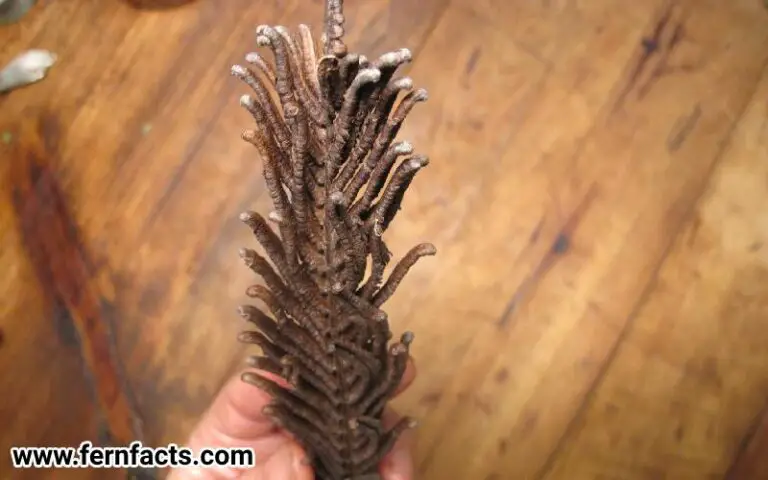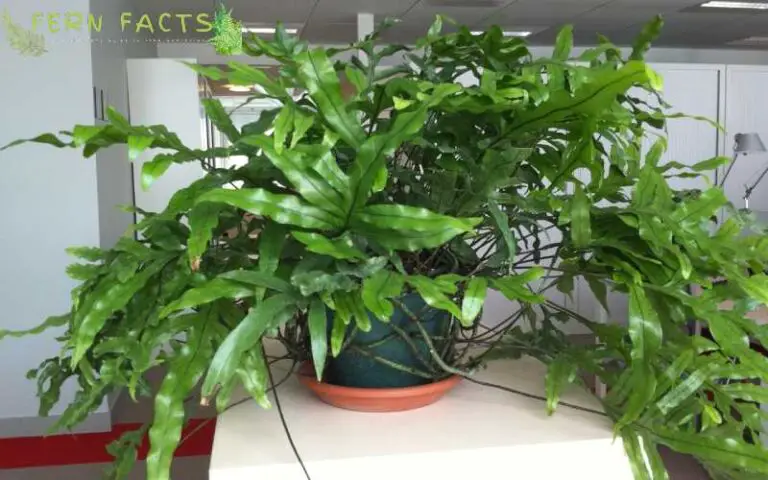Light for a Staghorn Fern: Staghorn Fern Light Requirements
Do you have staghorn fern at your house? Are you having difficulties understanding their ideal light and shade condition?
Then don’t be worried because, in this article, I’ll discuss staghorn fern light requirements. In the beginning, I’ll give you a brief idea about staghorn fern’s characteristics so that you can have a general idea about these stunning plants.
Later I’ll give you guidelines for light requirements for both indoor and outdoor staghorn plants. Later, I’ll provide some problems that your plant will have if they don’t get their ideal conditions.
By the end of this article, you will be able to understand staghorn fern light requirements thoroughly. So, let’s delve into the topic.
Overview of Staghorn Ferns
- Botanic name: Platycerium bifurcatum
- Common names: elkhorn ferns, staghorn ferns
- Family: Polypodiaceae
- Genus: Platycerium
- Plant: Perennial evergreen
- Native range: Java, New Guinea, Eastern Australia, South Wales, Queensland
- Height: around 35 inches
- Width: around 31 inches
- Shade: Partial
- Soil: acidic, neutral
- Hardiness zone: 9,10,11,12
Staghorn fern fronds resemble deer or elk antlers shaped with heart figures arching fronds.
Their native region is Asia, Australia, Java, New Guinea, South Wales, Queensland, and Lord Howe Island. Similarly, they prefer rainforest areas with a moist atmosphere for their native habitats.
Staghorn Fern’s Characteristics
Staghorn Ferns are perennial plant ferns existing in 17 different species in Asia and Australia currently.
Gardeners and plant enthusiasts very frequently grow and plant these staghorn ferns for home cultivation.
Besides, these staghorn ferns have unique heart-shaped fronds around 12 to 45 cm long. And so, their gray-green arched fertile also similar to a horn shape, forked, or strapped shape which spread usually 90 cm long.
Staghorn ferns are generally epiphytic which means they can grow on different plants or any objects but these are not parasitic ferns.
Similarly, You can grow these ferns on wood planks or any hanging baskets. To thrive on your staghorn fern, try to create a subtropical natural environment such as a dappled atmosphere, moisture, and indirect sunlight.
Alternatively, these ferns can be invasive on rare occasions if they get their ideal condition; especially in Florida and Hawaii under a warm atmosphere, these staghorn ferns can grow invasively.
That’s why you need to take extra care of their grooming and pruning.
Light Requirements for Staghorn Fern
Let’s get through some basic Light conditions that you should consider before having any staghorn fern in your house.
Indoor Staghorn Fern’s Light Requirements
Usually, staghorn ferns prefer filtered or dappled lighting for thriving. So if you are planning to keep your staghorn ferns as indoor plants, then try to give them indirect dappled lighting.
The best you can do is place them beside a North or south-facing window so that they will not have any direct contact with sunlight. Avoid West facing windows or places to put your staghorn fern because then they might get exposed to the sun severely.
As a result, it might burn their fronds. Thus, for your indoor staghorn plants, you need to place them where they can get filtered or dappled sunlight.
Do not place them in a shady dark place that might affect their growth. A minimum, of 3 to 6 hours of indirect brightness will be required for them to thrive.
Outdoor Staghorn Fern’s Light Requirements
Now, for your outdoor staghorn ferns, the same indoor plant guidelines can be followed. However, in tropical areas or in the native habitats staghorn ferns usually grow under the canopies of trees or in a rainforest environment.
So, in such native habitats, they tend to grow and thrive in dappled or shaded places under big trees. So, you can exactly mimic the natural environment for your outdoor staghorn ferns.
This will be a great place for them to thrive. You can easily hand or plant your ferns on the trunk of a big tree. Here, they can naturally get dappled or indirect sunlight through the trees.
Remember, don’t plant your staghorn fern exposing them to the sun, it can scorch their fronds.
Staghorn Ferns Problems Due to Ideal Lighting
Staghorn fern’s ideal light conditions would be dappled and indirect sunlight. So if they don’t get their ideal light conditions therefore might have some difficulty in their thriving growth.
Excessive Sun Rays
Excessive sunlight would be a big no for them. Although they can tolerate sunlight not for too long.
Their fronds will scorch or burn due to overexposure to the sun. That’s why, try to give them their ideal light conditions for having thriving staghorn ferns.
Too Many Shaded or Dark Places
Conversely, too dark places will be equally problematic for their healthy growth. If you completely put them in a dark or shabby place then they might not get any sunlight.
Ultimately, they will have problems doing their photosynthesis process. Gradually, your staghorn fern’s fronds will be dull and dehydrated due to the dark place.
Even their roots will have lots of fungus and start decaying soon.
Final Thought
In final thought, Staghorn ferns are one the most elegant and decorative plants to have in gardens. In native habitats, staghorn ferns thrive in filtered places under indirect sunlight.
So, you need to exactly reflect that environment for your staghorn fern. If they don’t get their ideal condition, they might face some difficulties while growing.
For instance, their fronds will scorch or burn due to over-sun exposure. Equally, in the dark places your plant will be dull and will have problems with the photosynthesis process.
In short, by giving them their ideal light condition you can easily have thriving and flourishing Staghorn ferns at your house.







